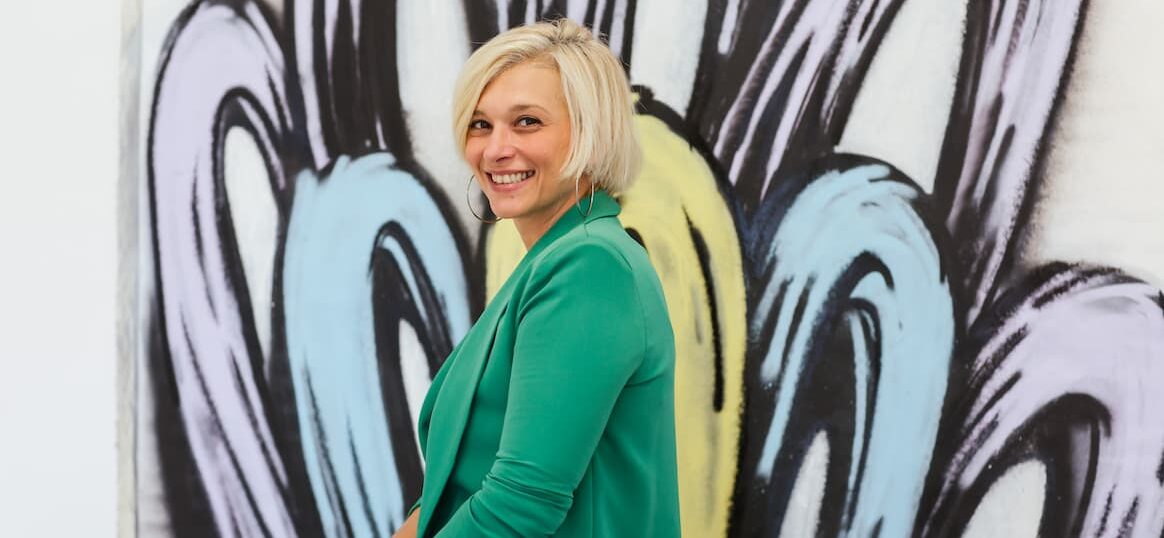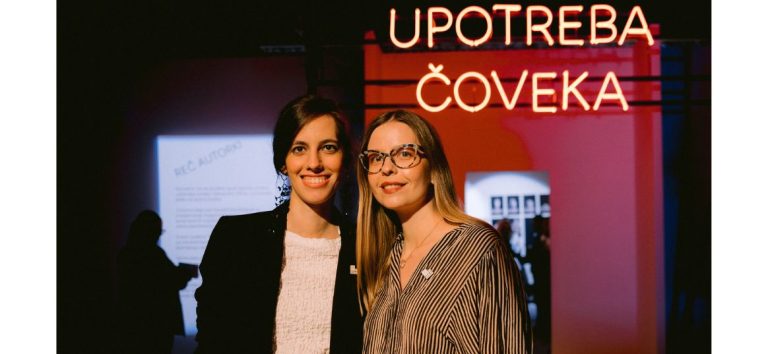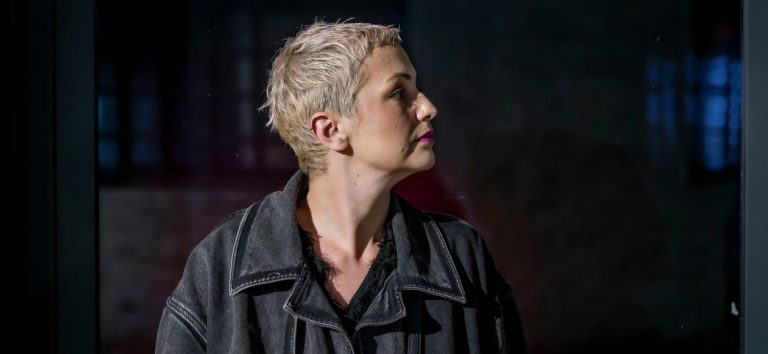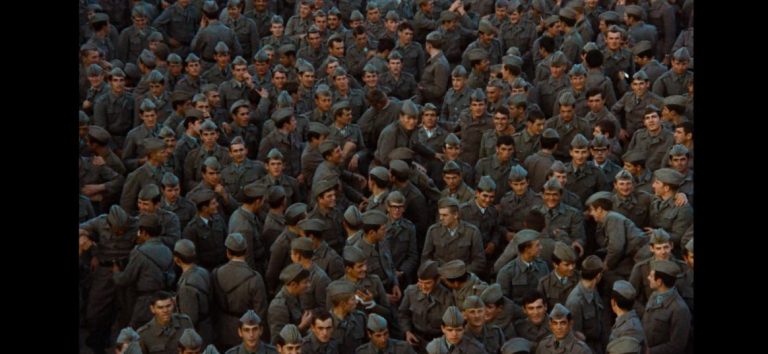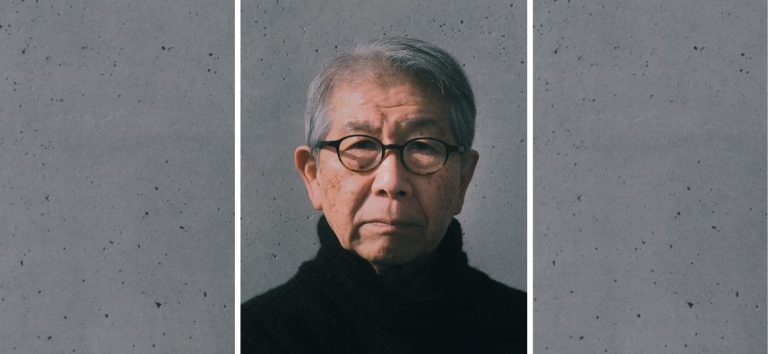Other? Europe, the eighth and last programme arch of the European Capital of Culture, will host numerous artists in multicultural Novi Sad, who will present themselves to the local audience from 7 October to 27 November. Through rich cultural events, we will see the creativity of people that most of our fellow citizens do not even see, because they are on the margins of society. ‘It’s not only about people, but also artistic expressions such as comics or avant-garde art, which seem to be becoming forgotten,’ points out Milica Rašković, manager of the Other? Europe programme arch, who has been involved in the project since the period of candidacy for the ECoC title. We talked to her for Visit Novi Sad about the importance of the project for Novi Sad, the collective awareness of a different culture, as well as the events that really make it worth visiting the European Capital of Culture.
How would you present the significance of the Other? Europe programme arch for the European Novi Sad, a city that nurtures multiculturalism?
Novi Sad is a multicultural city, but also a city of punk, comics and rebellious neo-avant-garde movements. Other? Europe programme doesn’t happen there by chance. It consists of three programme units, through which we explore the artistic and cultural scene with different aesthetic, ethnic, sexual, political values and beliefs than the socially dominant ones.
Other? Europe is a programme through which we wish to show the creativity of people that most of our fellow citizens do not even see because they are on the margins of society. It is not only about people, but also artistic expressions such as comics or avant-garde art that seem to be becoming forgotten. Other? Europe is an experiment that should show that only in the synergy of diversity can we function as a society, and to answer the question of whether equality of the unequal is possible.
The modern age led to the rise of cultural plurality, but on the other hand, it gave birth to new ideological forces that tried in different manners to level, uniform, suppress, cover up, and even destroy the multitude and diversity. How do you see it and do we have enough awareness of the culture of different today?
The motto of the artistic organisation LED art, which made a significant contribution to various ECoC programmes, including Other? Europe, is ‘ethics before aesthetics’ and that fully describes the point of Other? Europe. This programme arch emphasizes how important diversity is and how good it is that we are different as opposed to an ideal of ‘beauty’ that is now becoming the primary social pattern. Other? Europe emphasizes how necessary a change of perspective is in order for us to progress as a society and be better, more humane. Unlike other arches, Other? Europe should show the underexplored, things off our radar and against the mainstream taste. The audience will get to know our fellow citizens whom they have never heard of, and on the world stage they represent innovators and role models such as Emerik Feješ or Mitar Subotić Suba.
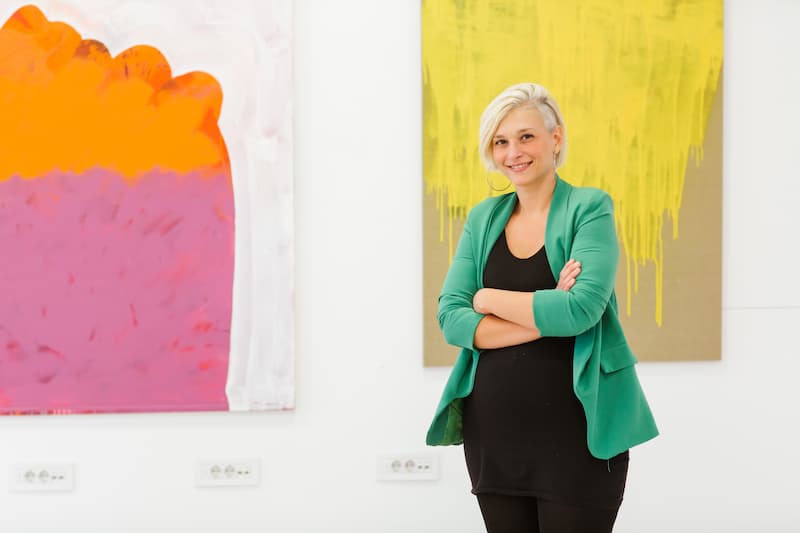
Perhaps the European Capital of Culture title year might be an ideal opportunity to emphasize the culture of the different in relation to socially dominant topics.
That’s right. The audience will really have a chance to see unusual and thought-provoking programmes. At the beginning of October, more precisely, on 9 and 14 October, two concerts await us in the City Concert Hall (the new Music and Ballet School): one is a performance by the Scottish percussionist Evelyn Glennie with our experimental musician Szilárd Mezei, and the other is a concert by the exciting, energetic Viennese Black Page Orchestra. The orchestra will perform a composition with vibrations for the body at 120 decibels. It is interesting that Evelyn Glennie became deaf at the age of 12, and today she is one of the most respected percussionists with prestigious awards. She plays barefoot and promotes the ‘feel the sound’ concept, which she will present at the workshop the day before. In this context, I would like to single out the artist Emerik Feješ, our fellow citizen, who, due to illness and poverty, painted using toothpicks and button paint, because it was the only one he had at his disposal. His paintings still represent the heights of the naive art in Yugoslavia. We will have the opportunity to see the exhibition of his paintings, implemented by the Struktura Association and the Museum of Naive Art from Jagodina, at the Cultural Centre of Novi Sad and the Tourist Organisation of Novi Sad from 11 October.
By focusing on comics, as a somewhat forgotten art, we will try to point out its power of communication on the one hand with different audiences, and on the other hand with other artistic expressions. From 21 to 30 October, visitors to the District will be delighted by the amount and variety of content. Comics will be the visual language of the exhibition dedicated to secondary waste collectors and those with the most deprived backgrounds. Their stories will be told by comic artists from Ljubljana, Prague, Amsterdam, Pančevo and Novi Sad, and will be staged in an open space. In addition to this, for the first time there will be an exhibition about the history of comics in Yugoslavia and Serbia. Through the exhibition, visitors will learn how much our country was and remains a fertile ground for the ninth art, so even today our comic artists work for Marvel and draw comic heroes like Batman. For the first time, a play inspired by the comic book will be performed. It is about the comic book heroine Cat Claw, which came out from the pen of our author Banet Kerac, and it will be premiered and directed by the Dutchman Michael Helmerhorst at the Youth Theatre on 22 October.
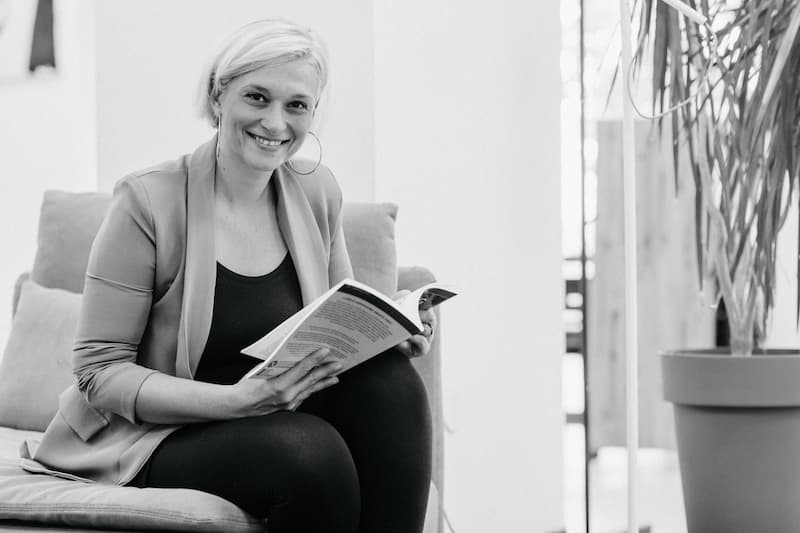
The coexistence of different cultures that we are talking about is best reflected through Roma culture, which has been a part of European and world culture for centuries, but is often negatively perceived in society. The Roma population is often isolated and rejected by the majority of the population, precisely because of poor information and prejudices. That is why, through various programmes, we wish to show Roma culture as rich and inspiring, open to experimentation and play, a culture that is different and from which we learn about ourselves. The most significant Roma artists of today, such as Zoran Tairović, the Albanian artist Sead Kazanxhiu, then Nihad Nina Pušija and the British artist Delaine La Bas, under the curatorial guidance of Vladan Jeremić will be invited to present their work through the exhibition The Other Side of Image, which will be opened in Svilara and the hall of the Serbian National Theatre on 10 November. The musical My Voice Travels will be the result of the research of hip hop music by young Roma, and will be premiered in the Barka Cultural Station on 7 November. In this period, a participatory performance will be performed in Šangaj, the Roma neighbourhood that suffered the most during the bombing of the FR Yugoslavia in 1999.
Audience in Novi Sad will be presented with a truly rich artistic programme. Are there any other events that you would like to highlight in Other? Europe that visitors to Novi Sad should not miss?
Under the slogan ‘for everyone’ on 7 October, we will open the exhibition of paintings by Uroš Predić , our famous painter, whose art in the Gallery of Matica Srpska will reach people of different disabilities and ages. The Art Brut exhibition, together with the Life exhibition in Svilara, will show the wider society how people with impaired psycho-social functioning, such as prisoners, drug addicts, homeless people and others, think and see the world/city around them. The already mentioned comics will experience a renaissance through a ten-day programme in the District. This entire space will literally bring comics to life, from the exhibition From Neven to Batman, through which we will see how comics developed in Yugoslavia, and later in Serbia, then the exhibition of contemporary comic artists and tapestry artists called Everyday Heroes, to the big conference Comics, Heritage and Contemporary Art where comic artists and theorists, theatrologist and journalists such as Ulli Lust, Džanan Margašil, Barbara Millerova, Karolina Spaić, Mileta Poštić, Boris Stanić, Aleksandar Zograf and others will speak. The invitation to the conference is open, so all those interested can register and watch the programme via the remix-comix.com website. The conference will be accompanied by a music programme and you really shouldn’t miss an interactive comic playground set up especially for this occasion.
At the end of the programme, numerous festivals await us, such as the Slobodna Zona Compass film festival, which will show a series of films whose selection will be based on recognizable current topics from the discourse of colonialism and neocolonialism, an outdoor exhibition in which the Portuguese city of Braga will be shown through the eyes of two young photographers and World music festival Pocket Globe from 10 to 12 November at the Synagogue and Youth Theatre. We will close Other? Europe with a rich programme focused on rebellious, avant-garde art as a reaction to the reality then and now. How did avant-garde artists think and create in the past, criticizing war, social inequalities, and how do they view it today? In this context, I would single out the programme dedicated to Mitar Subotić Suba, a pioneer of electronic music in the region who took his talent to Brazil and created a completely new musical direction there – Brazilian electronic music. The programme dedicated to him will include an installation called Suba Room, which will literally reconstruct the place where he lived with the books, musical instruments and records he loved to listen to. The programme will include a concert by the Brazilian singer Ceu, as well as the sound installation The Dreambirds, which he performed in the 1980s criticizing our relationship with nature. This programme will be implemented in the District and the City Concert Hall from 20 to 27 November .
We will end Other? Europe with the performance of Brazilian cyberpunk, rapper and activist Edgar. Edgar deconstructs our clichés by throwing raw reality in the listener’s face. Originally from a Brazilian favela, he deals with the problems of society, environment, technology and commodity consumption, and uses recycled materials to make the clothes he wears in his performances. His performance in Fabrika on 27 November with the performance of local punk bands will surely be remembered.
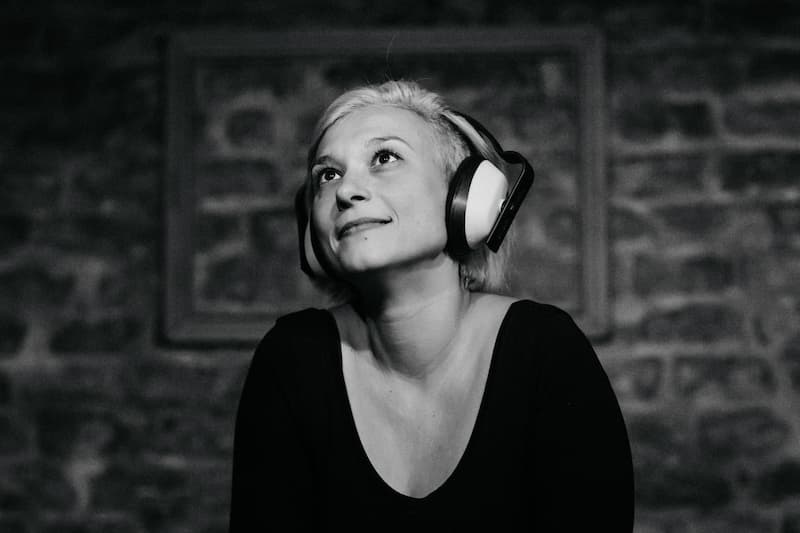
Other? Europe programme consists of three units and will cover different topics, social groups and social phenomena. Is this arch the last of the title year for a reason?
I believe it is the last but for the reason since we leave the best for last. Given that the programmes we will see and hear are truly unique and unusual, they can open the door for experimenting and raising the quality of artistic creation. High quality, creativity and a good way of addressing a diverse audience are very important and should become the standard for art galleries in our city. That is why we do not see this programme as the end, but on the contrary – the beginning of something new. Now 🙂
In your opinion, what are the heights of art and how much can it contribute to breaking down frequent prejudices and often unjustified barriers?
Avant-garde processes, the so-called ‘tradition of the avant-garde’, as initiators of artistic experiment, innovation, progressiveness, commitment and freedom of artistic expression, marked the artistic and social history of Novi Sad in the last sixty years. Precisely by presenting this rebellious, subcultural and alternative scene, to which Novi Sad belonged in the seventies and eighties of the last century, as well as the influence it has on new generations, we will show how current, progressive and therefore still important for the overall development of society it is today.
The very end of the Other? Europe programme is dedicated to the influence and reflections of the European and Novi Sad neo-avant-garde, which will be presented through the international multimedia exhibition of the Museum of Contemporary Art of Vojvodina called Milky Way, which will be opened on 25 November at several locations from the Museum of Contemporary Art, through the Cultural Centre of Novi Sad, all the way to the District.
The influence of these artists on the Novi Sad scene was obvious. That is why the works of Novi Sad neo-avant-garde artists will inevitably be presented through several different programmes. We might say that after half a century, recognizable artistic expressions and topics will be revitalized in the District.
The current literary alternative scene in Novi Sad includes gatherings and the presentation of poetry through ‘slam’, a relatively young poetry genre that is gaining more and more popularity in Serbia, and will be presented as part of the Literary Machine programme.
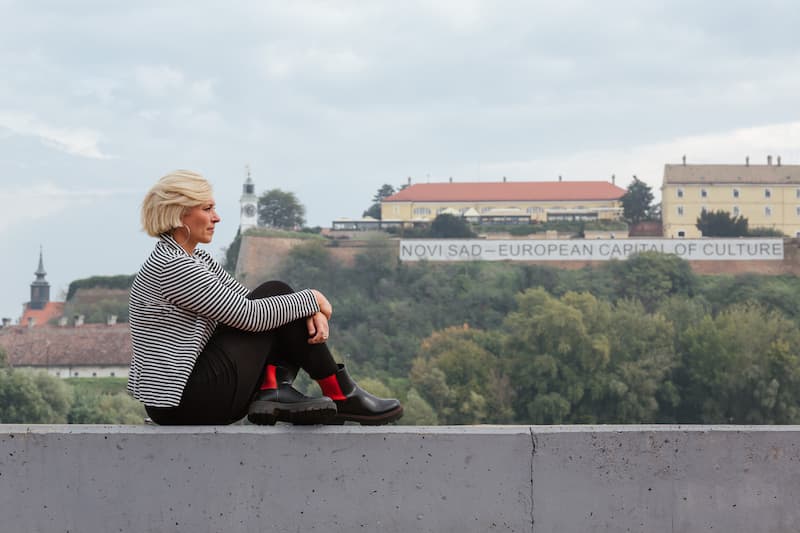
The title of European Capital of Culture is slowly coming to an end, but it seems that it has greatly revived the city art scene. What changes do you notice in Novi Sad?
Changes are inevitable, but I don’t think they will be visible right away. At least five years should pass before we can really talk about the results of the work. As someone who has been in the European Capital of Culture project from the very beginning, I know that a lot of effort, energy and money have been invested in cultural content and infrastructure, that institutions have started to adopt the concept of audience development and accessibility, that a lot of contacts have been made with European partners and general cooperation between artists on local, regional and wider European scene. The City Concert Hall and cultural stations are full of programmes, and the District is slowly coming to life. I think we have acquired all the prerequisites for a quality cultural offer to continue to be a part of our cultural life. We just have to continue in the same rhythm.
Author: Marina Marić
Photo: Marko Pudić

